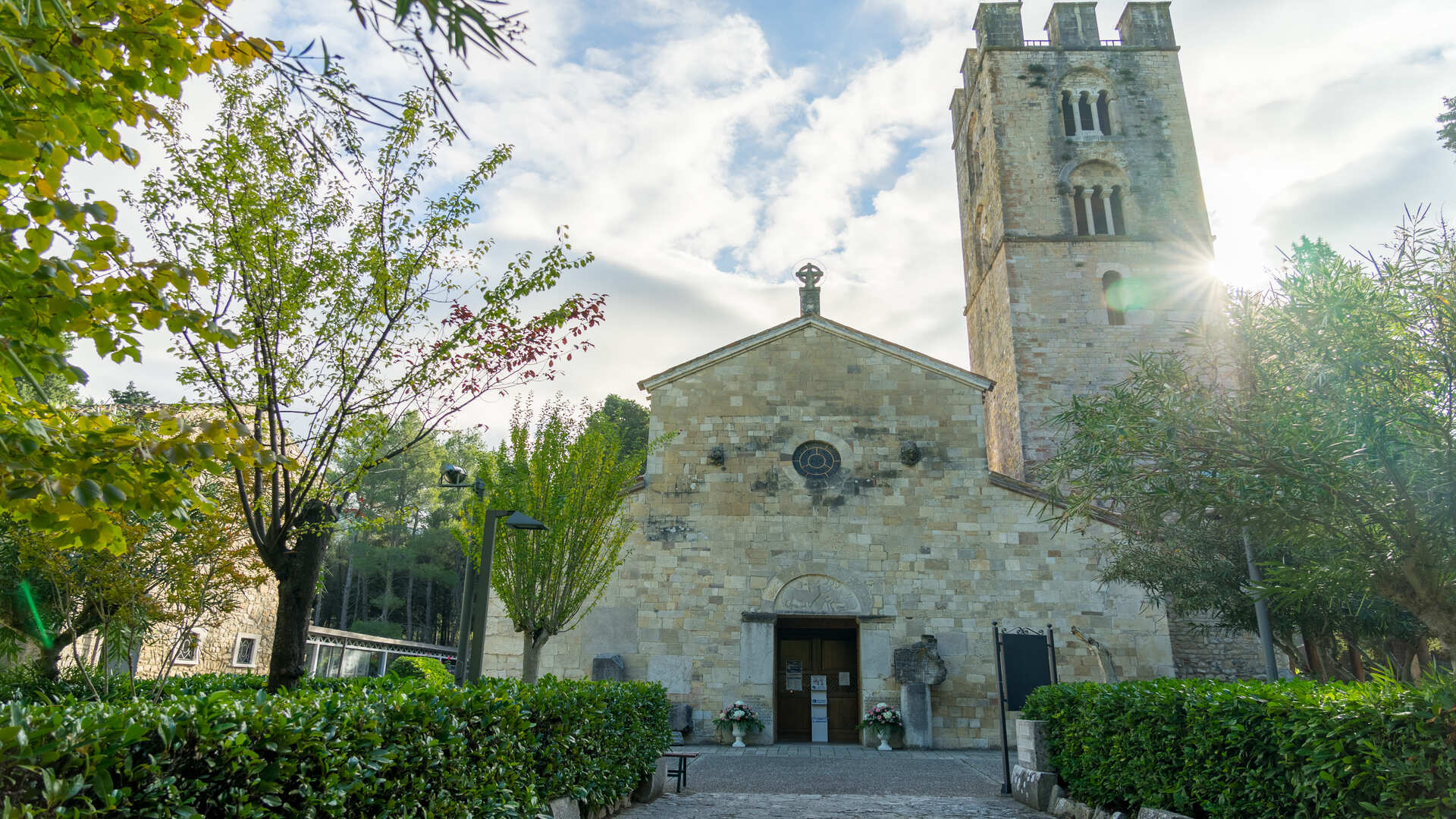The rustic villa, of Roman times, is situated on the right side of the river Trigno. The villa consisted of three parts. The master's part (pars urbana) which included the house of the master, the rustic part (pars rustica) which included the rooms of the shepherds, slaves, stables for animals and the pars fructuaria to store products from agricultural activities. The main part and the rustic part were divided between them by the cell, or cellar, where currently there are the remains of terracotta barrels. In the villa were carried out agricultural activities for the production of oil and wine since the first century AD. In 1930, thanks to Don Duilio Lemme and, later on, to the Superintendence for Archeological Heritage of Molise, excavations began and towards the end of the 1970's most of the structure was brought to light. From the excavations it emerged that the maximum flowering of the villa dates back to the period between the second and third century AD. The studies made on the excavations have revealed different phases of life of the villa in which works of enlargement and renovation were made.
The floor of the pars urbana, originally of cocciopesto, was covered with mosaics of polychrome tiles depicting animals and plants, a thermal environment was built and renovated the pars rustica. These works date back to the third century BC. In addition to the production of oil and wine, documented by the terracotta barrels, the press and the tank to collect the pressing of liquids, were found a furnace for ceramics and an oven for bread of difficult dating, both located in the pars rustica. The end of the period of life in the pars urbana is attributed to a fire that destroyed this part of the villa, while the pars rustica continued to be used and modified. After the third century the villa began to live the decline until the final abandonment. In its place today we have the sanctuary that had significant extensions between the ninth and twelfth centuries.
11 I Luoghi della Storia - VILLA RUSTICA SANTA MARIA DEL CANNETO ROCCAVIVARA
Back 11 I Luoghi della Storia - VILLA RUSTICA SANTA MARIA DEL CANNETO ROCCAVIVARA

